
Penn & Slavery App
“We wanted to highlight student research and innovation, make this history visible on campus, critically engage with new audiences, and speculate about new futures. AR allowed us to create rich multimedia experiences that bring together personal stories, archival documents, and student research that form an experimental narrative, which contextualizes the historic role of slavery at the University of Pennsylvania.”
– Meaghan Moody, Teaching & Learning Librarian, University of Pennsylvania
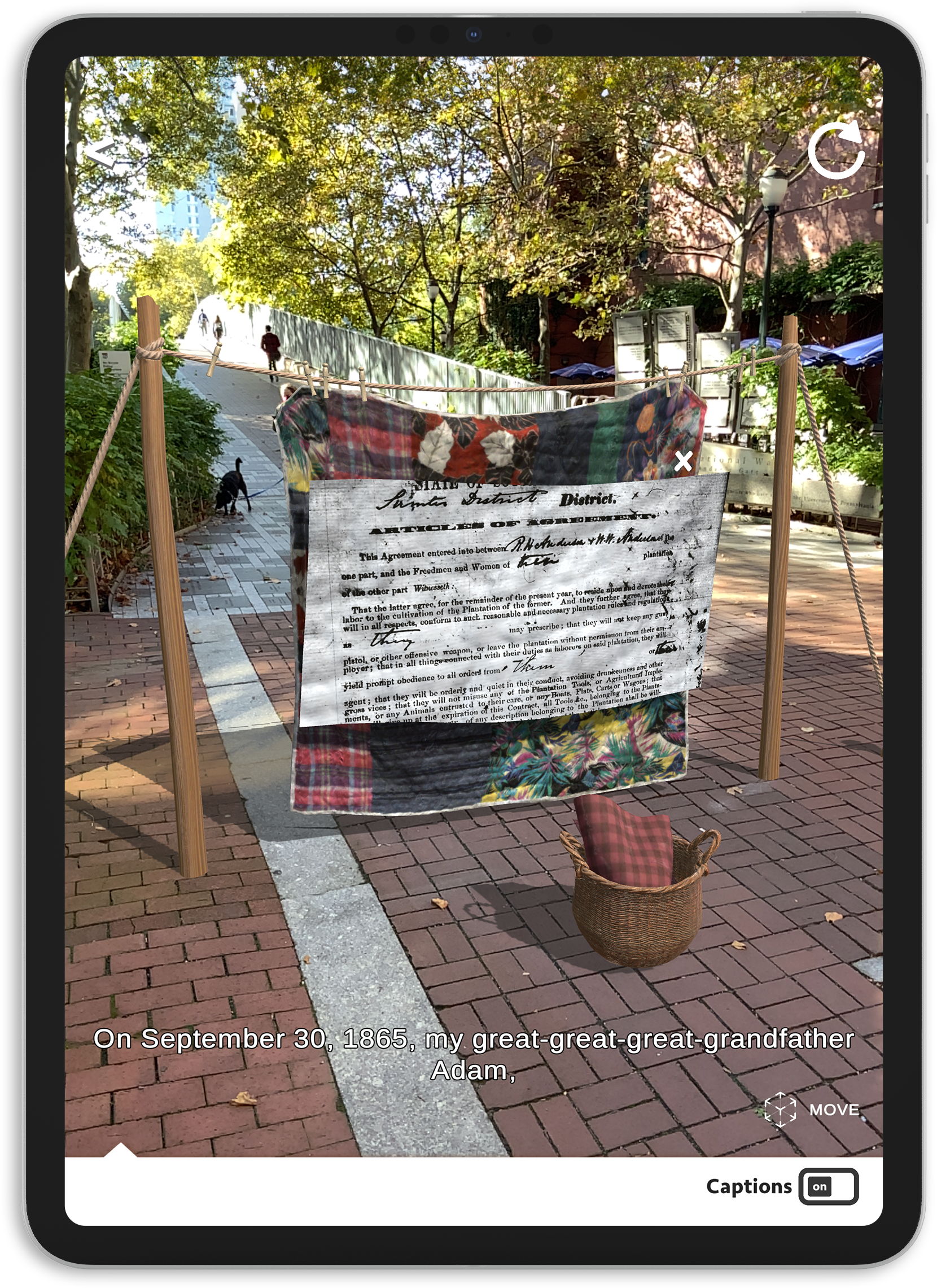
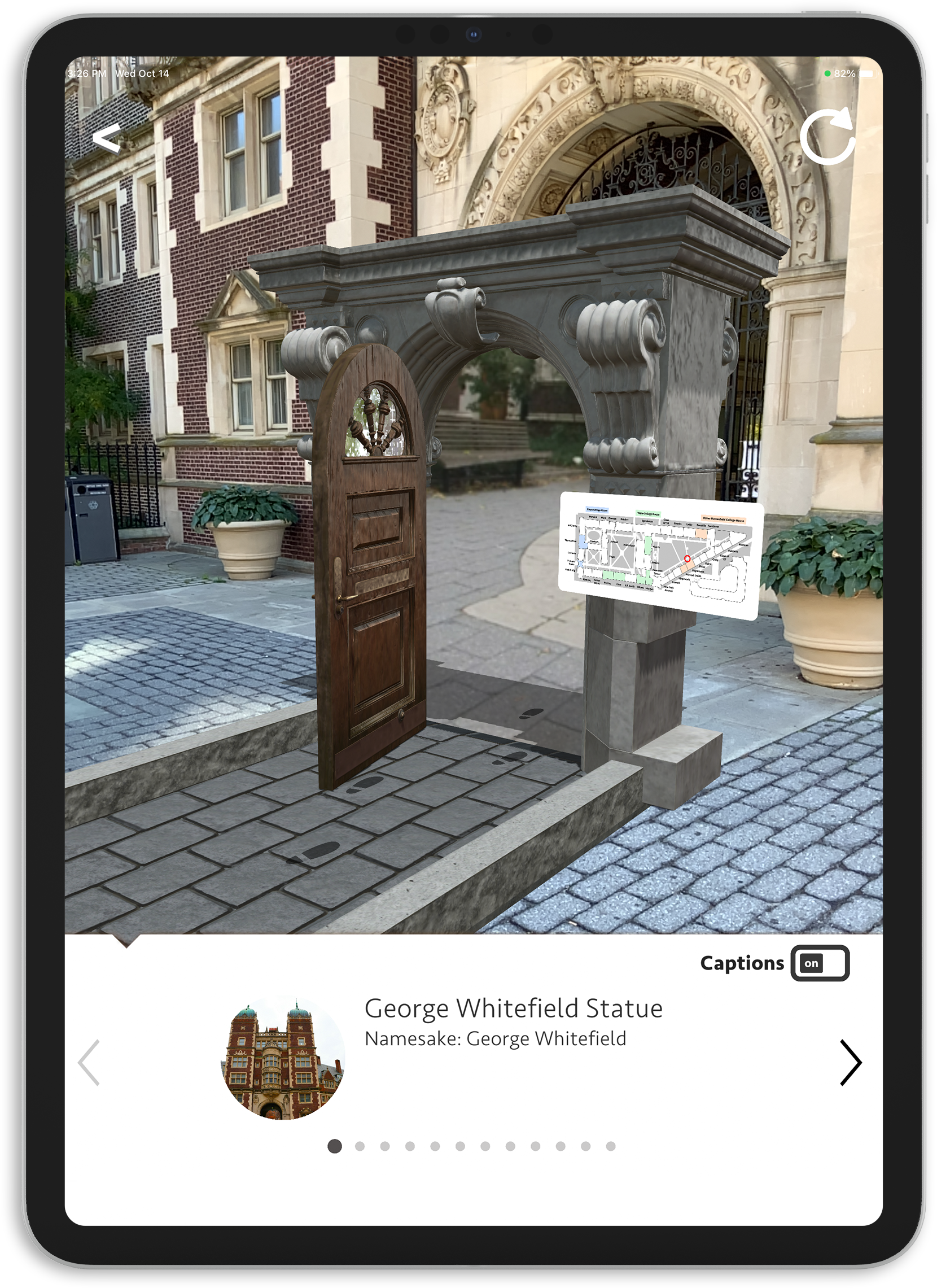
Background
The Penn & Slavery AR app is the culmination of a multi-year, student-led effort to investigate and expose the University of Pennsylvania’s past connections to slavery and scientific racism, as well as research and document the significant contributions of African Americans on campus that have been historically unrecognized. The Penn & Slavery Project, as it is broadly known, was started in 2017 by a group of undergraduate researchers who discovered numerous ways in which the university relied on and supported the institution of slavery in both North America and the Caribbean.
The tapestry of stories uncovered needed a thread to connect them all, to help form a narrative that anyone, not just academics, could understand and follow. The UPenn campus itself provided just that, as much of the research findings were intrinsically tied to physical locations and buildings on campus still in use today. But the student-led team met with resistance in creating a guided walking tour for campus visitors on this subject, so they set their sights on Augmented Reality as an alternative medium to share their research with the public – creating the first ever augmented reality campus tour that exposes an otherwise untold, hidden history.
Execution
“AR was our chosen medium for this project for a few reasons,” said Meaghan Moody, Teaching & Learning Librarian, University of Pennsylvania. “The user engages with these stories while they are situated in key locations on Penn’s campus, which was really important for us. XR is often used to escape to other worlds and realities. We didn’t want our users to escape from this uncomfortable history but rather to engage with it thoughtfully and understand the embeddedness of the legacies of slavery on Penn’s current campus.”
Initially the UPenn team reached out to us to help advise and mentor the student group in this endeavor. We met with the team at scheduled intervals to review progress, provide insight and instruction, and generally help this passionate group of academics who were struggling with working in a new technology. With our tutelage the student group made great progress on paper, developing creative concepts for most of the six AR experiences, forming the framework of the mobile application, and even designing a good portion of the UX/UI of the app and AR experiences. It was a good start, but soon the attrition of shifting schedules and graduations took its toll on the student coalition and progress stalled.
Faculty stakeholders decided the cumulative research and development put into this project was too valuable to let die on the vine, so they handed us the baton to pick up the project and get it over the finish line.
Our team of designers and developers refined the UI and reinforced the foundational development of the mobile app, cleaned up and polished the AR experiences started by the student group, and got to work fleshing out the creative concepts for the more complicated experiences that had up to this point only existed as ideas. We identified the need for an in-app map, to guide users through the campus and into each of the six AR stops. We worked with students to capture and construct a 360° immersive look inside an otherwise inaccessible courtyard surrounded by dormitory buildings, and we fully designed and developed an immersive geodesic dome experience highlighting images, audio, and text assets uncovered by the student researchers on the topic of scientific racism, perpetuated by a notable Penn Medical School alumni.
As development was nearing an end, and after lots of on-site play testing, we coordinated with Penn’s IT department to gain credentials so that our team could oversee the publishing of the Penn & Slavery app on the University of Pennsylvania’s established Apple (iOS) and Google Play (Android) app stores.
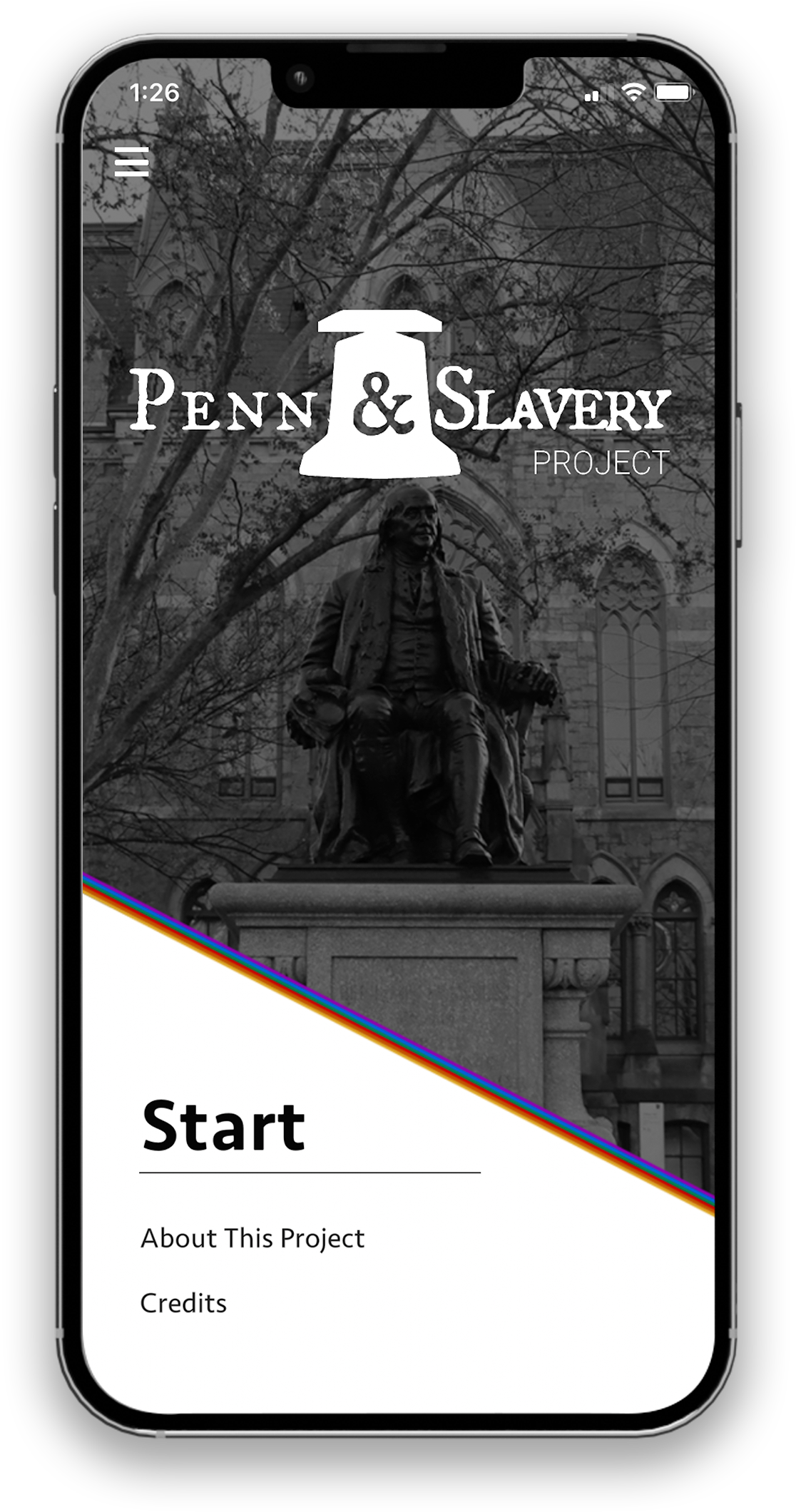

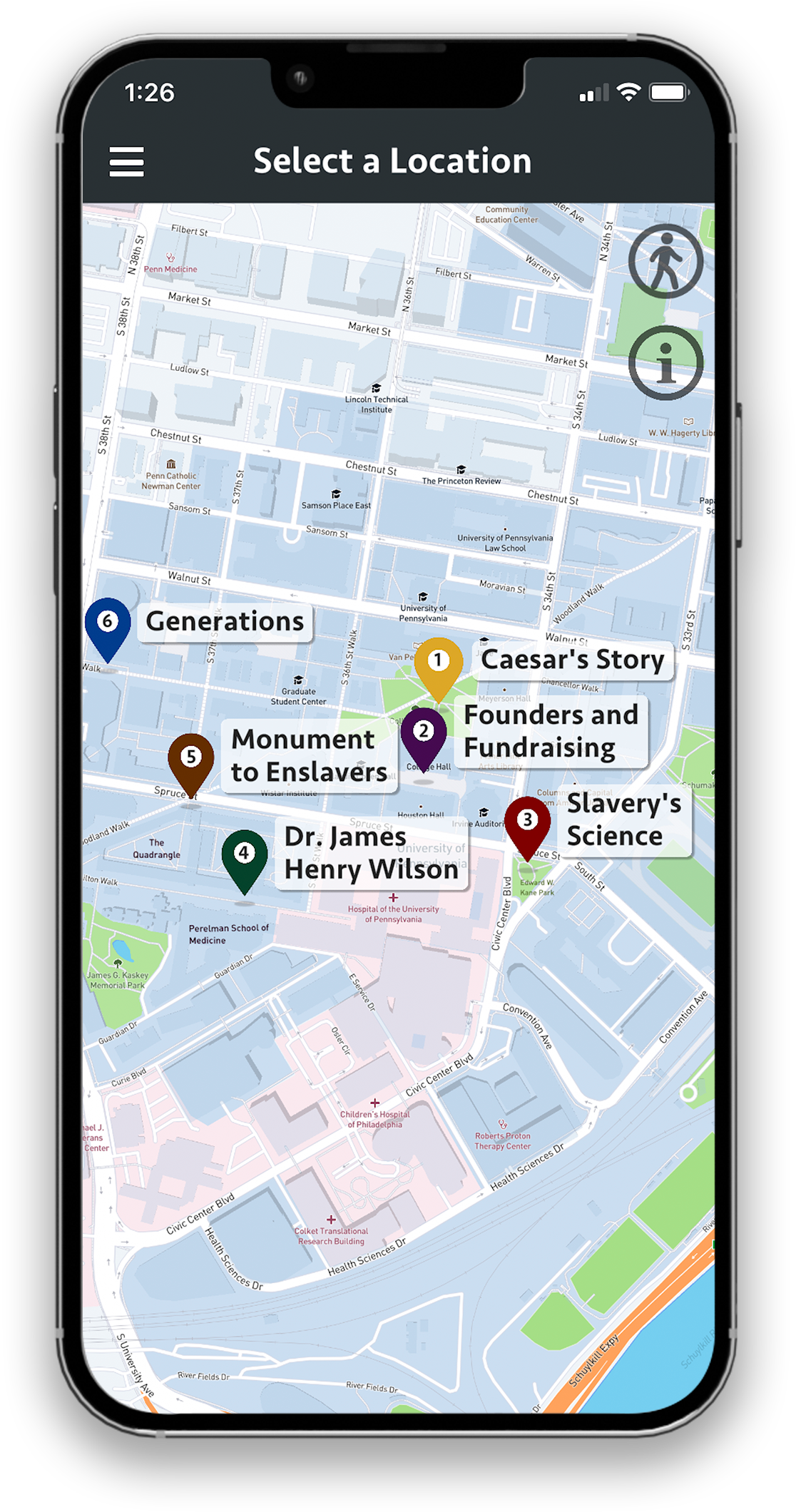
Outcome
The Penn & Slavery AR app features a diverse mix of interactive video and 3D augmented reality experiences, spread across six unique tour stops. Designed as a walking tour through Penn’s campus, it tells the story of an enslaved man named Caesar during the very early days of the university, churns up the financial ties to slavery in the foundation of the university, creates a 360-degree virtual museum of artifacts used to justify scientific racism, establishes a virtual monument to Philadelphia’s first African American medical practitioner who was unofficially educated at Penn, chronicles the links to slavery of many campus building namesakes, and documents a family’s history and ties to Penn over five generations, from the age of slavery in America up to the present.
The app also features archival imagery and in-depth information related to all of the tour stops. While best suited for on-campus use, the Penn & Slavery AR app is accessible to anyone, anywhere, on both iOS and Android devices. Simply search for “Penn&Slavery” in your app store to get started.

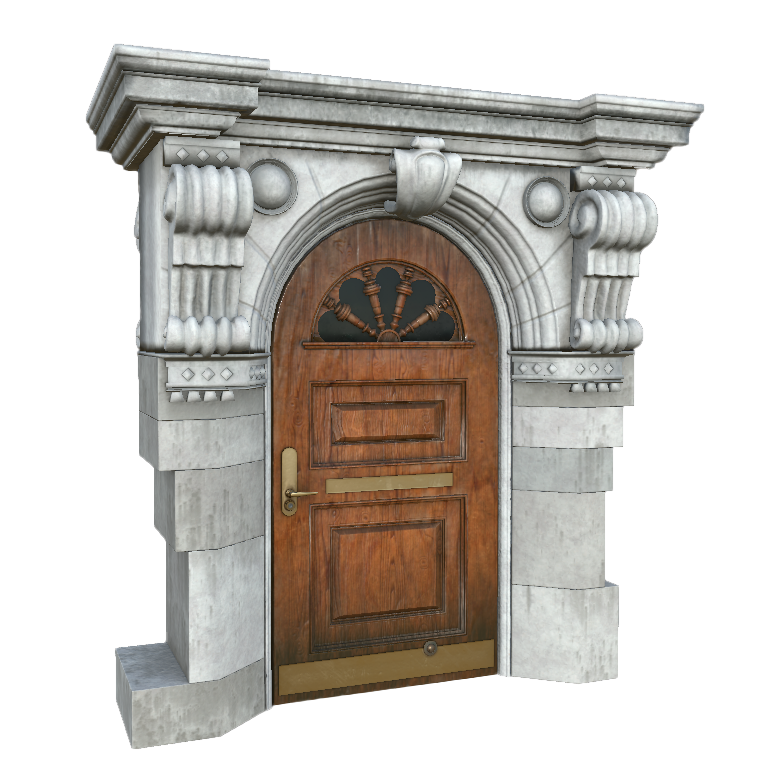
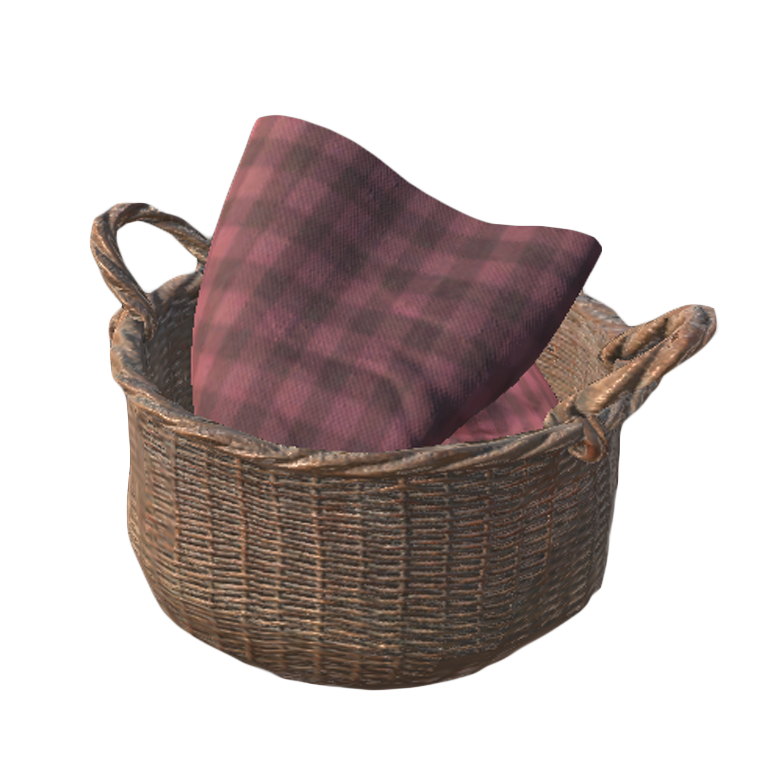
“The Penn & Slavery project teaches us that no colony, state, or well-funded university was buffered from slavery’s reach. Penn’s story is a national story, and one of great importance to our ongoing efforts to come to terms with our nations’ history of slavery.”
– Excerpt, Penn & Slavery App
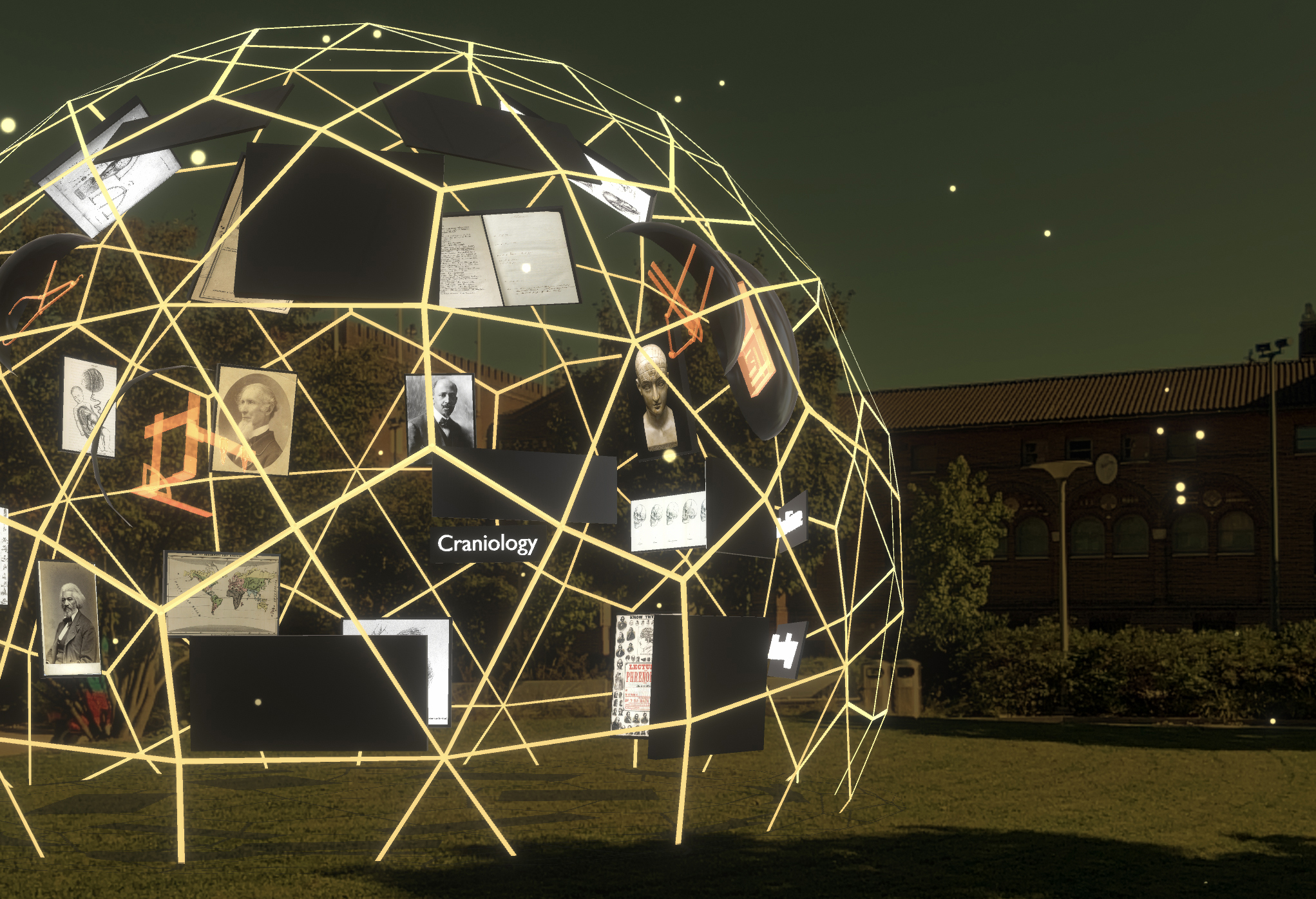
Credits
Penn & Slavery
Brand
University of Pennsylvania
Kind
Experiential, Augmented Reality, Social Justice
Industry
Education, Arts & Humanities, Civil Rights
Dreaming is an act of pure imagination, attesting in all men a creative power, which if it were available in waking, would make every man a Dante or Shakespeare. – H.F. Hedge